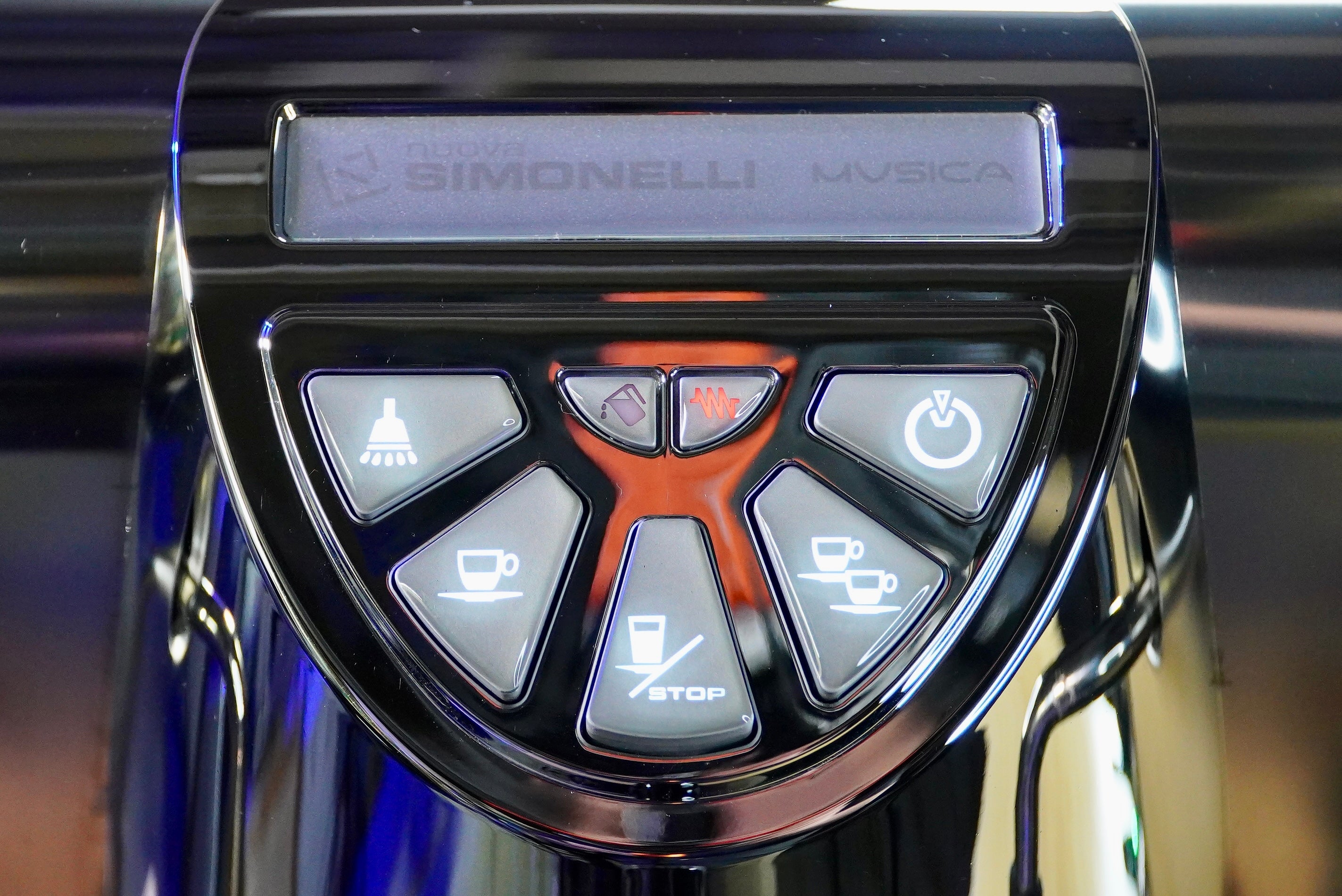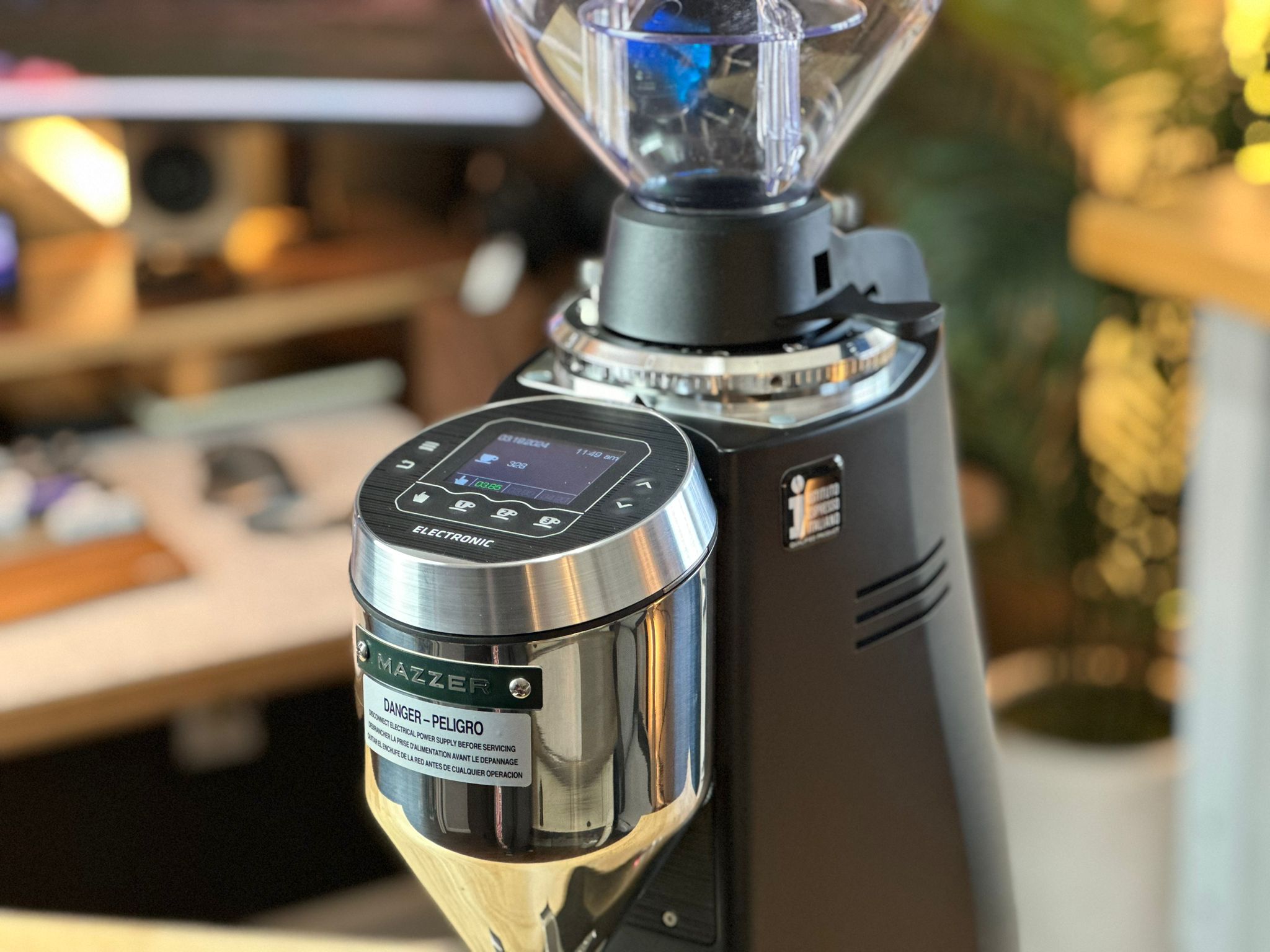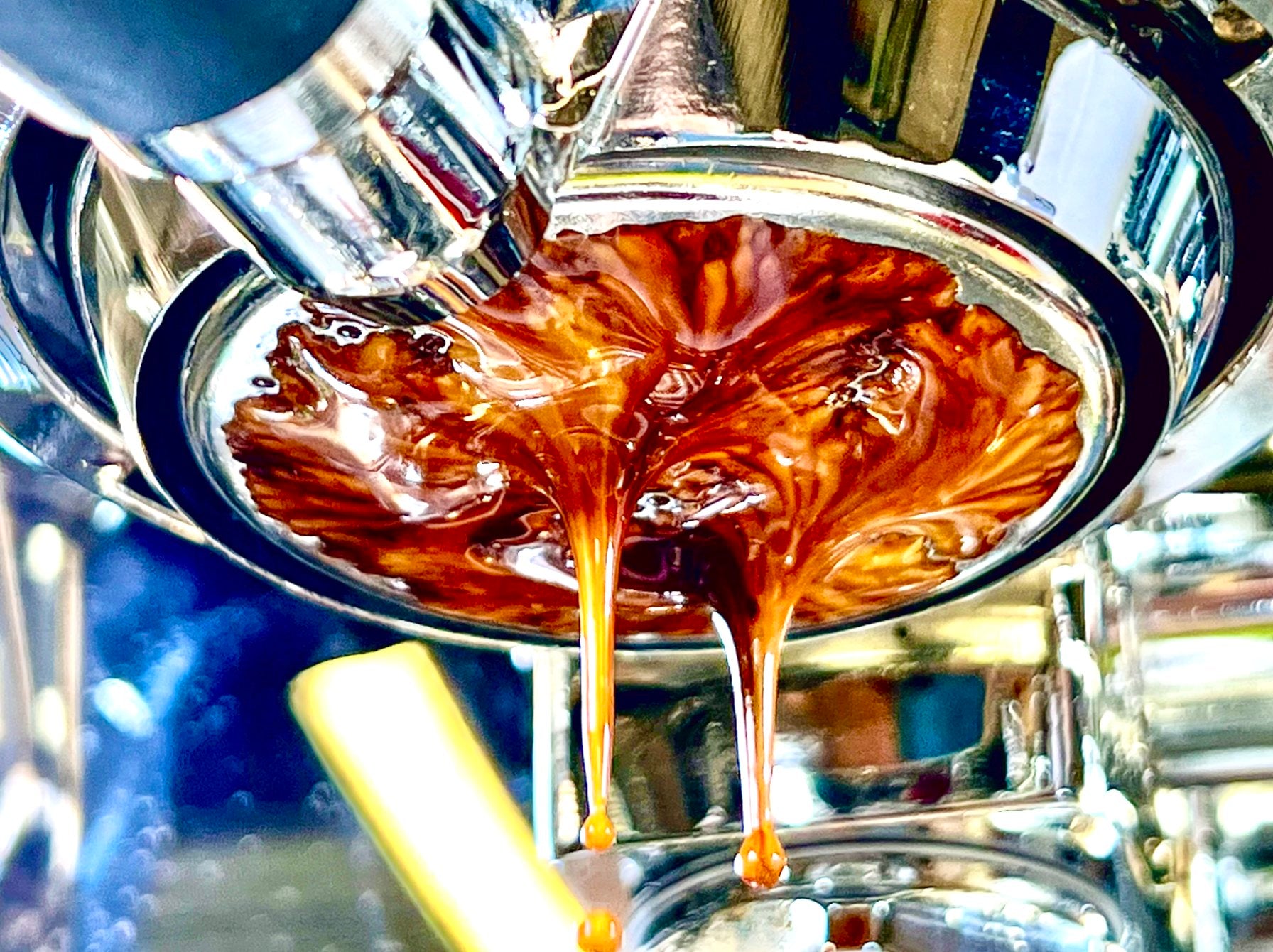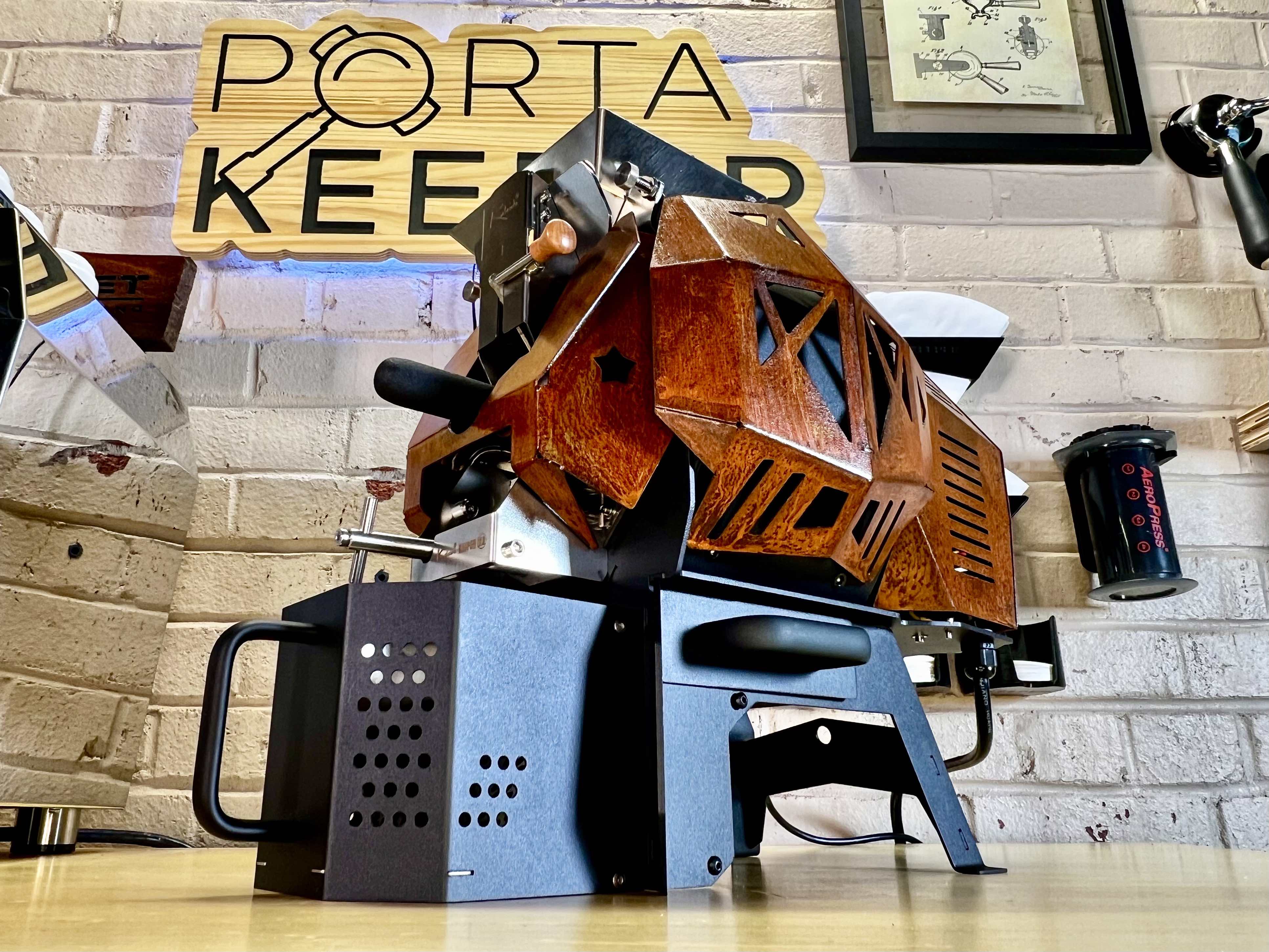What is WDT and why is it an important technique for preparing great espresso?
The Weiss Distribution Technique, or its commonly referred to acronym also known as WDT, is a tool as well as a method used in the process of preparing espresso. It consists of a series of thin needles that are inserted into a bed of ground coffee in order to distribute the grounds evenly and level the surface before tamping.
One of the main benefits of using the WDT is that it helps to ensure that the espresso extraction is consistent and balanced. By evenly distributing the coffee grounds, the WDT helps to eliminate any hotspots or areas of uneven extraction that can lead to unbalanced flavors in the finished espresso.
In addition to distributing and leveling the grounds, the WDT also helps to break up clumps of coffee that may have formed during the grinding process. This can help to improve the flow of water through the grounds and further enhance the consistency of the espresso extraction.
The basics when using the WDT, baristas will first dose the desired amount of ground coffee into the portafilter basket. The WDT’s needles are then inserted into the bed of grounds and the needles are gently rotated to distribute and level the surface. The WDT can be used on its own or in conjunction with other techniques, such as the Sivetz Technique, which involves gently tapping the sides of the portafilter basket to further settle the grounds.
In my experience there is not alternative that is as simple and produces such amazing results. Many people opt to use distribution tools, but they have been shown to cause their own issues.
Overall, the Weiss Distribution Technique is a valuable tool for baristas looking to produce consistently excellent espresso shots. Its ability to distribute and level the grounds, as well as break up clumps, can help to ensure that the finished espresso is balanced, flavorful, and free of defects.











